John Edward Hughes
John Edward Hughes was born in 1917 and was an inspector of jigs and tools before the war. He enlisted in the RAF in 1940 and became a radio operator. On 4 December 1941, his plane sunk in the Strait of Messina. It is unclear whether the enemy shot it down or it came down because of technical difficulties. The other two members of the crew, Sergeant Kidby (the pilot) and Sergeant Butcher (the navigator), died. John was rescued by an Italian fishing boat and taken to Messina hospital. He was treated there for a month and, on 6 January 1942, was transferred to a transit camp in Rome, probably PG 50. After a few weeks, he was transferred again, on 27 January, to PG 59 Servigliano, where he remained until the proclamation of the Armistice.
Life in PG 59 was not easy. The camp lacked proper heating in the huts, the hygienic services were insufficient, and the food was scarce. Moreover, the British PoWs were often collectively punished by their captors, as they were keen on attempting to escape. Between 11 and 12 September 1942, 11 PoWs managed to escape, although they were all recaptured afterwards.
On 8 September 1943, upon the announcement of the Armistice, the camp’s commander, Colonel Enrico Bacci, had not wanted the prisoners to leave. However, the PoWs organised themselves under the leadership of Medical Officer John Dereck Millar. On 14 September, there was a mass evasion. Some PoWs made a breach in the outer wall, while others, with the cooperation of the Italian guards, left from the main gates. Some 1,500 PoWs managed to escape in this way. John was among them and left the camp with two companions: quartermaster Pawley and Sergeant Newell.
The group headed south, but they did not know the layout of the land and frequently got lost. Their march was slow and difficult, as «we frequently got lost during our journey and often wandered round in circles». The three escapees went through many villages in the L’Aquila province: Poggio Castelli, Capitignano, Aragno, Castelvecchio, and Bussi (Pescara). In the end, they decided to stop in Aragno, where they were hidden and fed by the locals for the following months.
On 4 February 1944, John and Pawley resumed their journey, while Newell decided to remain in the village. The Germans eventually recaptured him in April. The two escapees reached Poggio Castelli, where they stopped until the end of April, together with three New Zealanders and six British PoWs, who were also escaping across Italy. Evidently, the group got in touch with the local partisans because John writes that, at the time, they received some supplies via an airdrop made by the Allies; Pawley gained a new pair of boots.
At the end of April, John and Pawley left the village and started wandering in the region. They returned to Aragno, Castelvecchio and Bussi many times during the following month. Finally, they ran into two Germans in Poggio Castelli (L’Aquila). However, they were in the same situation as the PoWs: they were deserters running away from their former comrades. The Germans joined John and Pawley, and soon five British escapees also joined the group. On 15 June 1944, the group decided to go to Amatrice, where they stopped for a couple of days. After one last march, crossing Montereale (L’Aquila), they finally met the British vanguards near L’Aquila on 20 June.
John, Pawley, and the two Germans were taken to Chieti by lorry, and the Germans were captured as PoWs. The two British were instead transferred to Naples. On 9 July, 31 months after he was captured, John boarded a plane bound for the United Kingdom, where he arrived after a short stop in Casablanca.
Related camps
Sources
-
TNA WO 208/3320/80, Hughes, J E. Prisoners of War Section. Escape/Evasion Reports: Code MI9/SPG: 2048.
